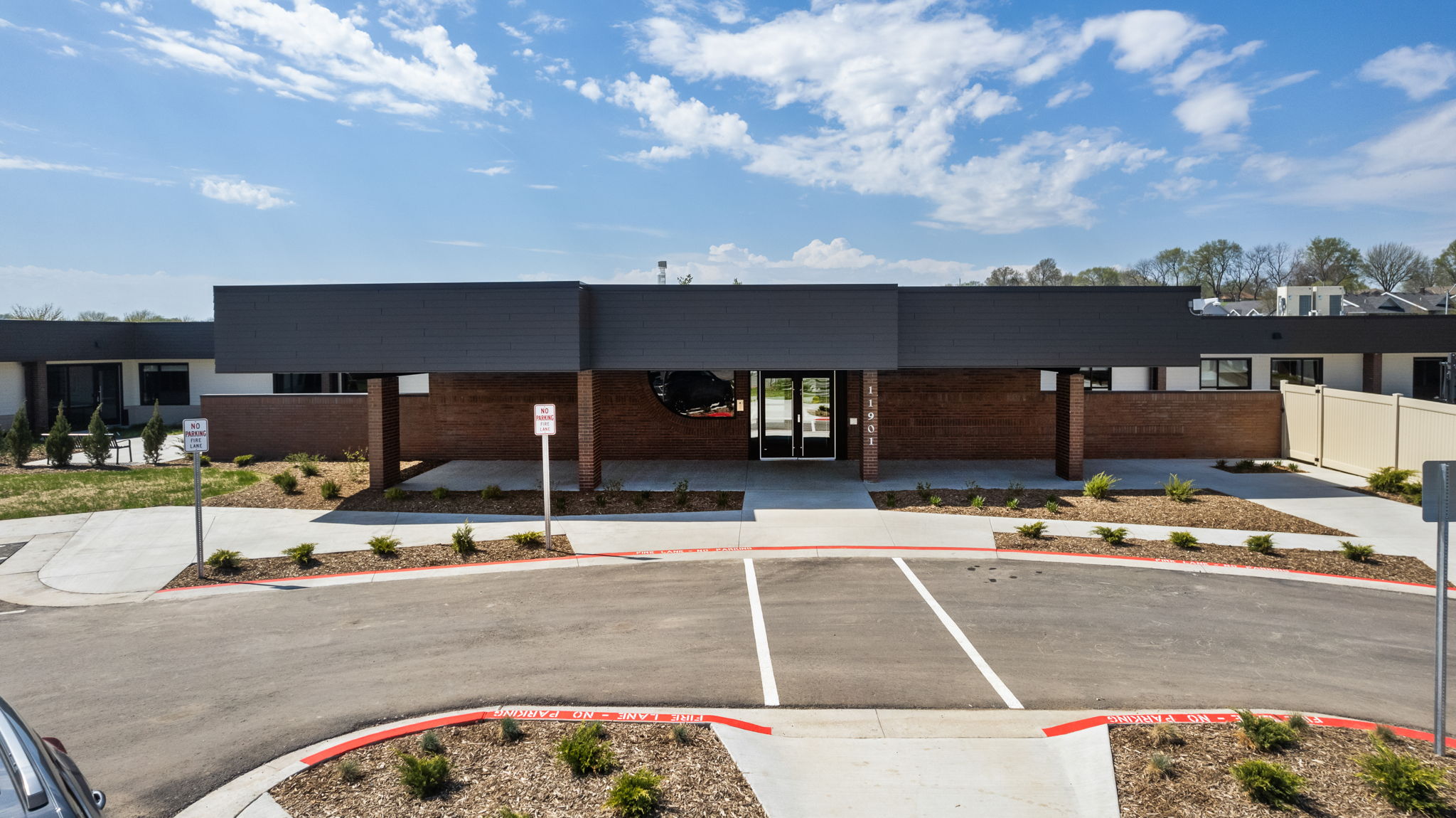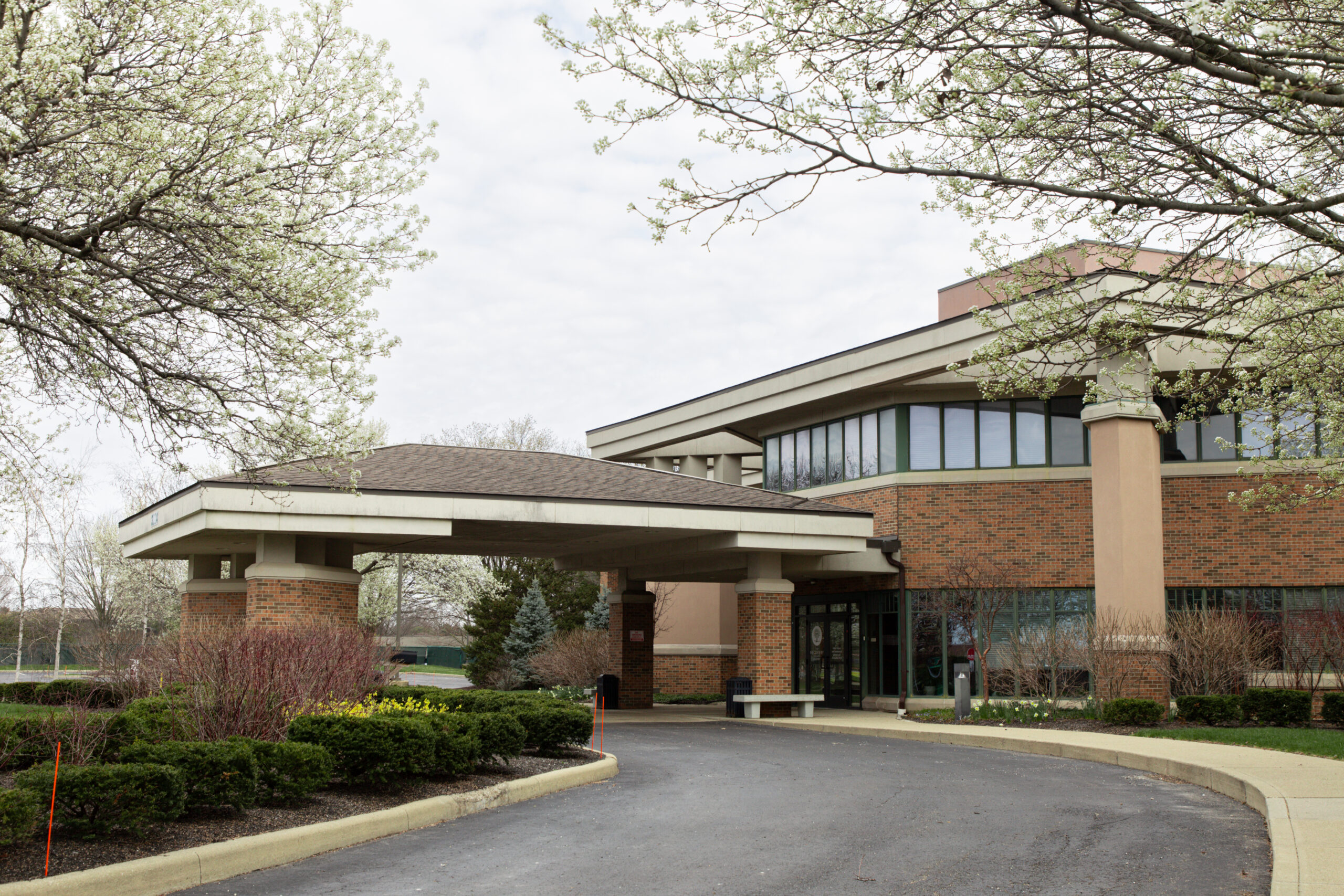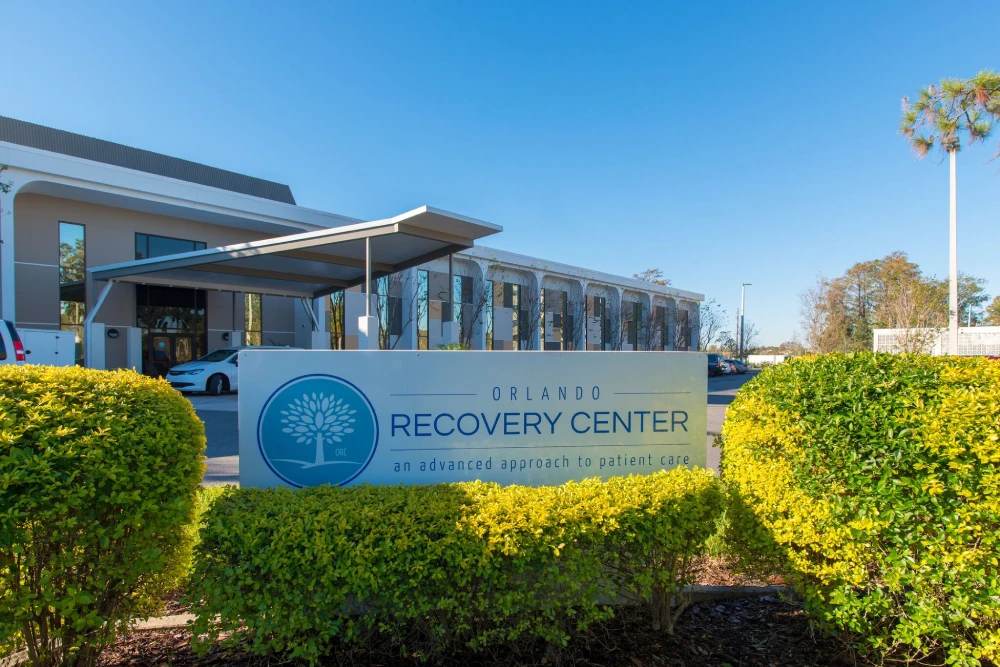Eating disorders can be life-threatening. Mental Health First Aid teaches everyday people how to help someone who is struggling with an eating disorder or other mental health crisis.
As many as30 millionAmericans are affected byeating disorders. Despite the common misconception that eating disorders only occur in teenage and young adult females, eating disorders can begin at any age and are not gender dependent. Eating disorders worsen a person’s daily functioning and, depending on the intensity of the eating disorder, can even be fatal.
Due to the physical health impacts of eating disorders, there is a high chance of a health emergency. Mental health crises are common among people who have eating disorders. If someone receivesmental health first aidfor eating disorders, their crisis can be managed until professional help is available.
Mental health first aid is a type of immediate assistance administered to individuals experiencing mental health crises. It is not training to be a therapist or psychiatrist, but instead teaches people how to provide a first aid response in the same way most would be able to do if someone had a sudden injury. Mental health first aid does not replace treatment and should not be the only approach used, but it does provide the opportunity to help someone in crisis as they take the steps toward seeking treatment. To take a first aid course in your area, visitMental Health First Aid USA.
Types of Eating Disorders
There are many different eating disorders, but thethree most commoneating disorders arebulimia nervosa,anorexia nervosaandbinge eating disorder. Other eating disorders include:
- Pica
- Avoidant restrictive food intake disorder (AFRID)
- Rumination disorder
- Orthorexia
- Diabulimia
- Other specified feeding or eating disorder (OSFED)
When providing mental health first aid, it is helpful to be familiar with the risk factors and warning signs associated with eating disorders.
Eating Disorder Risk Factors
There is no guarantee that any risk factor will ultimately result in an eating disorder, but there are several common factors found in many people with eating disorders. Due to there being so many eating disorders, there are many more risk factors specific to each disorder. A general list of risk factors to become familiar with include:
- Family history of mental health disorders, especially eating disorders
- Tendency towards perfectionism
- Dissatisfaction with body
- History of trauma
- History of being bullied
Eating Disorder Warning Signs
As with risk factors, there are too many eating disorders to have one list that covers all disorders and all warning signs. However, despite variations in warning signs across specific eating disorders, there are several warning signs common for most eating disorders, such as:
- Change in eating habits, especially become secretive about eating
- Avoiding eating around other people
- Obsessively talking about weight and appearance
- Missed or irregular menstrual periods
- Difficulty concentrating
- Fatigue
- Brittle hair and nails
Early Intervention for Eating Disorders
Treatmentis more effective as an early intervention, so the earlier an eating disorder is identified, the better. If someone you know exhibits the signs of an eating disorder, mental health first aid can assist in getting them into a treatment program.
How to Provide Mental Health First Aid for Eating Disorders
A five-stepALGEEapproach is used to administer mental health first aid:
- Assess for risk of suicide or harm
- Listen non-judgmentally
- Give reassurance and information
- Encourage appropriate professional help
- Encourage self-help and other support strategies
ALGEEcan be used to help a person stay stable until professional help is available.
Assess for Risk of Suicide or Harm
Eating disorders are commonly associated with feelings ofdepressionand low self-worth. Sometimes this results in suicidal thoughts and behaviors or non-suicidal self-injury. Asking someone if they have hurt or are considering hurting themselves will not increase the likelihood that they will do so — it is an important question to ask to ensure their safety. If they are at risk for hurting themselves, usefirst aid for suicidal thoughts and behaviorsor first aid fornon-suicidal self-injury.
Call 911 for immediate emergency assistance if the individual has a weapon or other means to hurt themselves or someone else. If there is not an immediate risk of harm, proceed with the next steps in the ALGEE plan.
Listen Non-Judgmentally
Anyone can benefit from compassionate listening and this is even more true for people experiencing a mental health crisis. Don’t simply tell a person they can talk freely about their mental health condition and the current crisis, but show this body language.
If possible, it may be helpful to approach the person in a private setting, especially if they have not previously disclosed their condition. Express concerns in a respectful and empathetic manner. Asking open-ending questions will help elicit a more natural response compared to asking close-ended yes or no questions.
Practicing active listening skills can help a person feel more comfortable opening up. There are many ways to show active listening skills including:
- Maintain open body language
- Use minimal encouragers as someone speaks such as “I see” or “Mmhmm” as well as nodding to indicate understanding
- Ask clarifying questions such as “Can you tell me more about that?” Or “Help me understand what that feels like for you”
- Do not avoid silence and allow natural pauses if they occur
- Do not multitask while the other person is talking (avoid checking phones, changing radio stations or fidgeting excessively)
In addition to being intentional with showing active listening skills, care should also be taken to avoid signs of judgment. There are a few ways that someone can show they are nonjudgmental without having to explicitly say it, including:
- Do not share judgmental thoughts or feelings
- Do not criticize someone else’s feelings or thoughts
- Do not try to talk someone out of their feelings — everyone has a right to their feelings
- Do not provide advice but instead focus on being supportive
- Do not use cliché “pull yourself up by the bootstraps” comments, such as “you’ll get over it” or “everything happens for a reason”— these types of comments often make the person feel worse
Give Reassurance and Information
Someone with an eating disorder is likely to feel suspicious of other people and feel the need to conceal their symptoms. Be careful not to add to feelings of low self-worth by reacting poorly to their reported experiences. Validating someone’s feelings can go a long way towards building a healthy connection. Demonstrate empathy as a person shares their concerns. Never blame someone for their condition. Remember that mental health disorders, such as eating disorders, are medical conditions that can be treated and recovery is possible. Communicate this to the person, and let them know that you’re available if they need to speak to someone down the line.
Additional resources can help people learn more about their condition and explore their treatment options. Some resources available from The Recovery Village include:
- 8 common myths about eating disorders
- Eating disorder relapse
- Eating disorder FAQs
- Eating disorders and substance abuse
- How to overcome an eating disorder
- Eating disorder facts and statistics
- Eating disorder hotlines
Encourage Appropriate Professional Help
In many cases, the individual living with an eating disorder doesn’t realize the long-term damage the condition can do without proper treatment. Fortunately, professional help that can help improve someone’s quality of life is available for eating disorders. When providing mental health first aid, provide references to professionals who can provide treatment, such as:
- Primary care doctors
- Mental health counseling, includingcognitive behavioral therapy
- Certified peer specialists
- Psychiatrists
- Substance abuse counseling, if necessary
The Substance Abuse and Mental Health Services Administrationis a useful tool for finding treatment professionals and specialists. Use theirtreatment locator toolto find reputable treatment options.
What If the Person Doesn’t Want Help?
Feeling apprehensive about treatment is normal — don’t be surprised if someone seems resistant initially. It may be helpful to ask someone if they have any specific concerns about treatment. Many people do not fully understand what treatment is or where to go for help. Providing answers or helping seek out information can be a useful step to reduce adverse feelings about treatment.
Even if someone declines treatment, providing information on where to go if they change their mind can make it easier to connect with treatment providers in the future. However, if someone is in immediate danger of hurting themselves or someone else, call 911 and emergency responders will be able to assess whether or not they meet the criteria for involuntary commitment to a hospital.
Encourage Self-Help and Other Support Strategies
When someone does not wish to engage in treatment, they may be more open-minded to self-help methods as an alternative. Regardless of whether someone intends to follow up with a professional, it is always helpful to provide suggestions for self-care. Some beneficial ways to take care of oneself and improve mental health include:
- Partaking inregular exercise
- Eating abalanced diet
- Meditating
- Practicinggratitude
Helpful Hotlines for Mental Health First Aiders
The following hotlines can provide support and assistance to people in crisis or those seeking mental health treatment:
- National Suicide Helpline:1-800-273-8255
- Substance Abuse and Mental Health Services Administration’s National Helpline:1-800-662-4357
- American Psychiatric Association Answer Center:1-888-357-7924
- American Psychological Association Public Education Line:1-800-964-2000
- The National Mental Health Association:1-800-969-6642
- The National Poison Control Center:1-800-222-1222
- Alcohol and Drug Abuse Helpline:1-800-821-4357
- National Institute on Drug Abuse Hotline:1-800-729-6686
Treatment for substance abuse andco-occurring mental health conditions, such as eating disorders, is available at The Recovery Village. Reach out to a representative today to learn more about availabletreatment options.
















